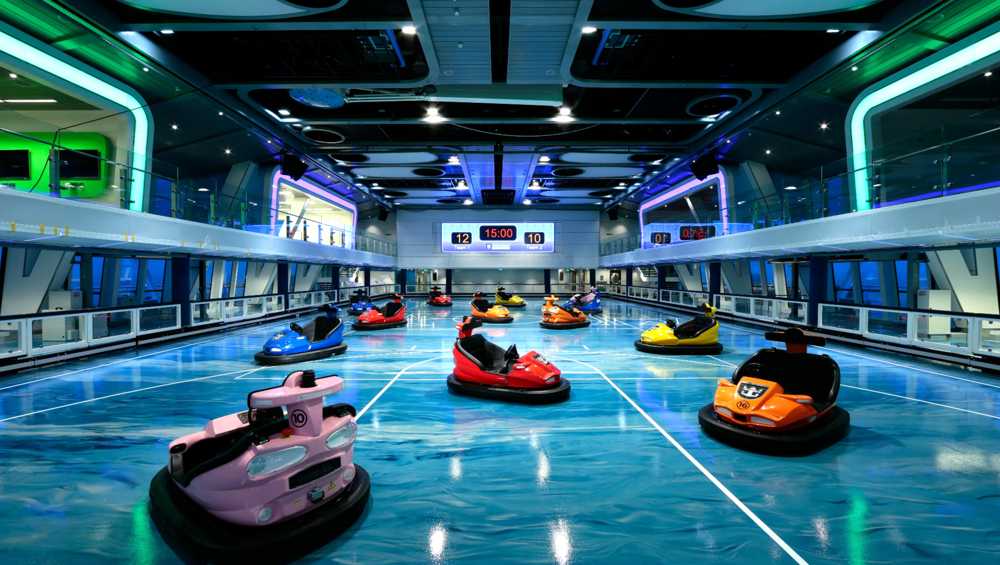Indoor bumper cars are a fun and exciting amusement ride found in many indoor theme parks and entertainment venues. These compact vehicles are designed for children and offer a thrilling experience of controlled crashes, all while maintaining a focus on safety. In this article, we’ll explore the different types of indoor bumper cars, their power sources, safety features, and how to set up and maintain them.
Table of Contents
- 1 How Do Indoor Bumper Cars Work?
- 2 Speed and Control of Indoor Bumper Cars
- 3 Safety Features Ensuring a Fun Ride
- 4 Types of Indoor Bumper Cars
- 5 Can Indoor Bumper Cars Be Used Outdoors?
- 6 Maintenance and Longevity of Indoor Bumper Cars
- 7 Indoor Bumper Cars for Different Age Groups
- 8 Choosing the Right Indoor Bumper Car
- 9 Cost of Indoor Bumper Cars
- 10 Is an Electrical Spark Needed for Indoor Bumper Cars?
- 11 Why Choose HUAQIN for Indoor Bumper Cars?
- 12 Conclusion
How Do Indoor Bumper Cars Work?
At their core, indoor bumper cars operate through electrical power, which enables them to move around the track and collide with other cars. There are several ways this electrical energy is delivered:
- Ceiling-mounted Poles: These poles provide power to the bumper cars from above, ensuring they move around the track.
- Floor-based Power Surges: The ground may also contain power sources that supply energy to the bumper cars as they move.
- Batteries: Some models use rechargeable batteries located inside the bumper car to provide necessary power.
These power sources work together to ensure that each car functions smoothly and efficiently during the ride.
Speed and Control of Indoor Bumper Cars
Indoor bumper cars are designed for fun and safety, meaning they don’t reach high speeds. Typically, these cars move at speeds ranging from 6 to 10 km/h. Speed controls can be adjusted depending on the age group of the riders, ensuring that children can enjoy the thrill of the ride without compromising their safety.
Operators or even the riders themselves (in some cases) can control the movement of the cars. While younger riders may have less control, older kids and even adults can steer the bumper cars and adjust their speed for a more hands-on experience.
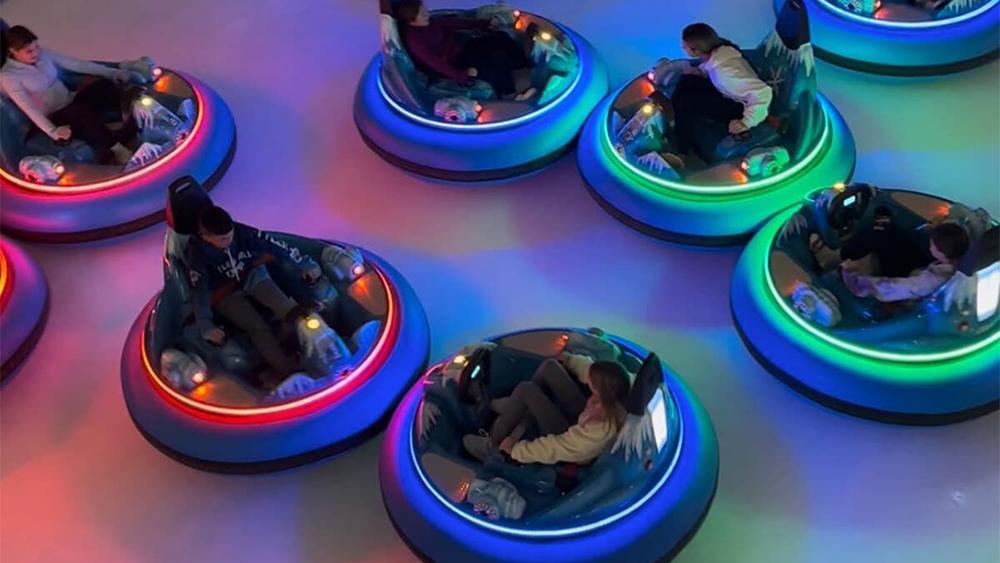
Safety Features Ensuring a Fun Ride
Safety is a top priority when it comes to indoor bumper cars. Each vehicle is equipped with safety features designed to protect the riders during collisions:
- Seat Belts and Harnesses: These secure the riders in place and reduce the risk of injury during a crash.
- Rubber Bumpers: The cars are fitted with thick rubber bumpers that absorb the impact of crashes and prevent damage to both the car and the riders.
- Operator Oversight: Trained operators monitor the rides to ensure everything is running smoothly, adjusting speeds and controlling safety procedures as needed.
With these safety measures in place, riders can enjoy the fun of bumper car collisions with peace of mind.
Types of Indoor Bumper Cars
Indoor bumper cars come in several variations, depending on the size, power source, and intended age group. The main types include:
- Battery-powered Indoor Bumper Cars: These are powered by rechargeable batteries, offering flexibility in terms of space and installation.
- Floor-powered Indoor Bumper Cars: These are powered by energy transmitted through the floor, often used in larger setups.
- Ceiling-powered Indoor Bumper Cars: Similar to floor-powered versions, these cars are powered by overhead electrical poles.
- Kids’ Indoor Bumper Cars: Smaller and slower bumper cars designed specifically for younger children.
- Maxi and Fairground Bumper Cars: Larger models that may be used in bigger indoor theme parks or more expansive rides.
Each type has its own unique advantages, and park owners can choose based on their space and target audience.
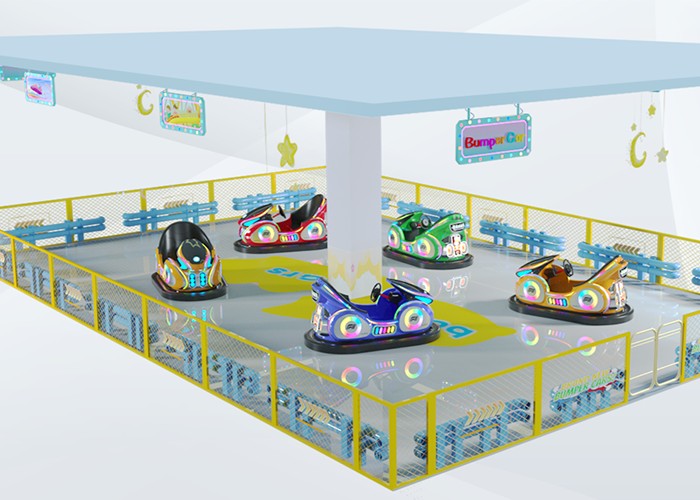
Can Indoor Bumper Cars Be Used Outdoors?
While indoor bumper cars are primarily designed for indoor use, it is possible to use them in outdoor settings with the right preparations. Outdoor installations must have a stable and consistent power supply, along with a smooth, level surface for the cars to operate safely. However, for optimum performance and safety, these cars are best suited for indoor environments.
Maintenance and Longevity of Indoor Bumper Cars
To keep indoor bumper cars in top condition, regular maintenance is essential. This includes:
- Inspecting Electrical Systems: Check power connections and ensure that all wiring is intact and functioning correctly.
- Cleaning and Polishing: Regularly clean the bumper cars and apply maintenance solutions to keep the exterior looking fresh.
- Replacing Parts: Over time, some parts such as bumpers, wheels, and seats may need replacing. Regular checks help avoid potential breakdowns during operation.
Proper maintenance ensures that the bumper cars remain safe, durable, and enjoyable for many years.
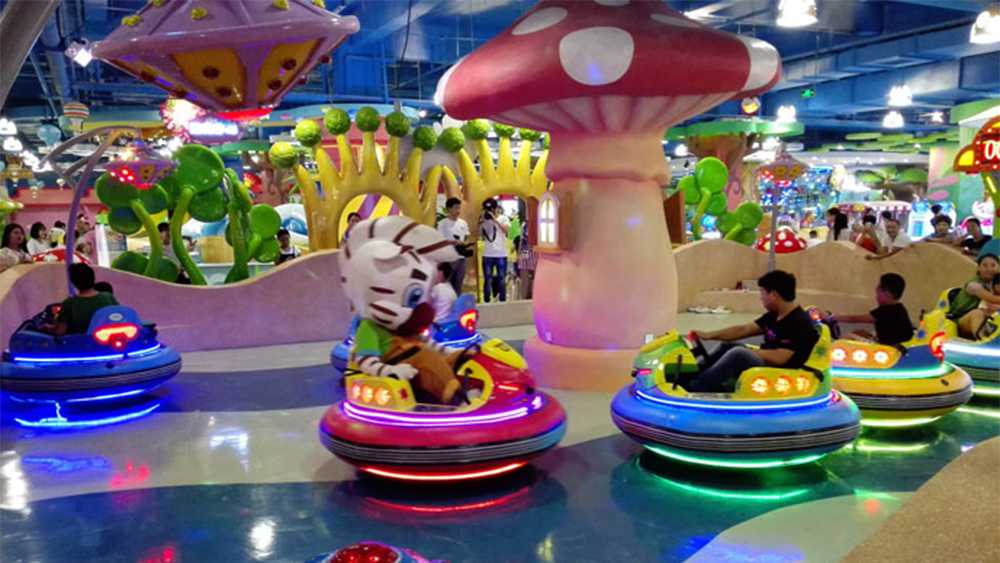
Indoor Bumper Cars for Different Age Groups
Indoor bumper cars are generally safe for children of various ages, with different models available to suit different age groups:
- Mini Models: For toddlers and younger children, these bumper cars are smaller, slower, and have a more stable design.
- Medium and Large Models: Designed for older children and even adults, these models are faster and provide more interactive features.
- Maxi Bumper Cars: These larger models are ideal for bigger venues and may be used for thrill-seeking adults or older kids who want a more intense experience.
Choosing the Right Indoor Bumper Car
When selecting indoor bumper cars for an amusement park or entertainment venue, several factors should be considered:
- Space Requirements: Ensure that the space allocated for the bumper cars is large enough for the desired number of vehicles. Typically, each bumper car requires about 20 square meters to move freely.
- Voltage and Power Supply: Choose between floor-powered, ceiling-powered, or battery-operated models based on your venue’s available power supply.
- Customization: Many manufacturers, like HUAQIN, offer customization options, from car designs to special features that enhance the overall experience.
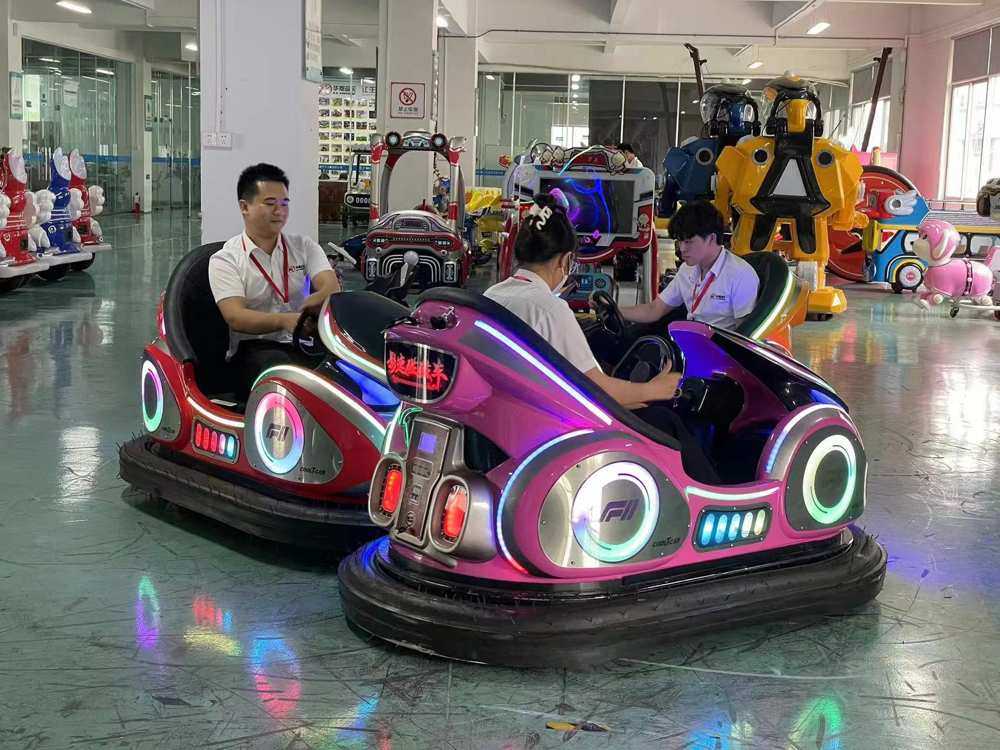
Cost of Indoor Bumper Cars
The price of indoor bumper cars can vary widely based on the size, features, and customization. On average, prices range from $4,000 to $20,000 per car, depending on the specifications. In addition to the cost of the cars themselves, the total setup, including tracks, safety equipment, and operators, can add significant costs to the initial investment.
For those on a budget, HUAQIN offers cost-effective solutions without compromising on quality, making it a great option for theme park owners seeking value for money.
Is an Electrical Spark Needed for Indoor Bumper Cars?
Yes, an electrical spark is crucial for the movement of indoor bumper cars. The spark, generated by ceiling-mounted electrical poles or floor-based power systems, energizes the car’s motor, allowing it to move and collide with others. This initial spark provides the momentum that fuels the ride’s excitement.
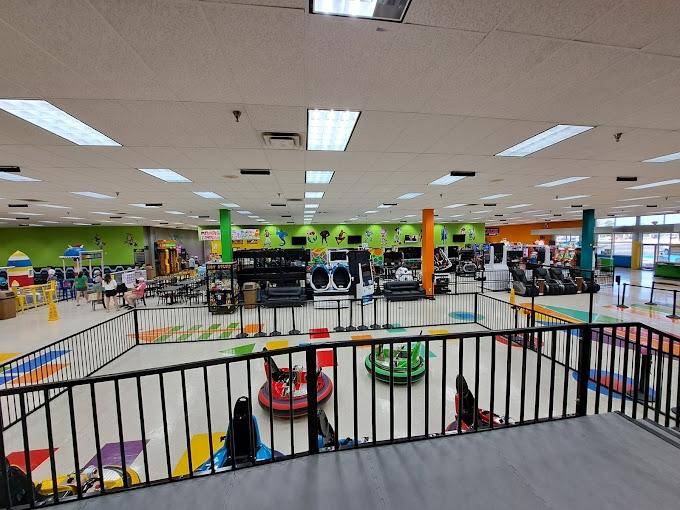
Why Choose HUAQIN for Indoor Bumper Cars?
With over 20 years of experience in the amusement ride industry, HUAQIN is a trusted name in the manufacture of high-quality indoor bumper cars. Here are a few reasons to choose HUAQIN for your bumper car needs:
- Competitive Pricing: HUAQIN offers affordable options without compromising on performance or safety.
- Customization: Tailored designs and features to meet your specific requirements.
- Durability: Built using high-quality materials, including stainless steel and reinforced fiberglass.
- Comprehensive Support: From installation to after-sales service, HUAQIN ensures you get the best experience possible.
Conclusion
Indoor bumper cars are a popular and fun attraction in amusement parks, offering a thrilling experience for children and adults alike. By understanding the different types of bumper cars, their power sources, safety features, and maintenance needs, park owners can create a safer, more enjoyable experience for their guests. With reliable manufacturers like HUAQIN, it’s easier than ever to invest in these exciting rides and bring joy to your visitors.
